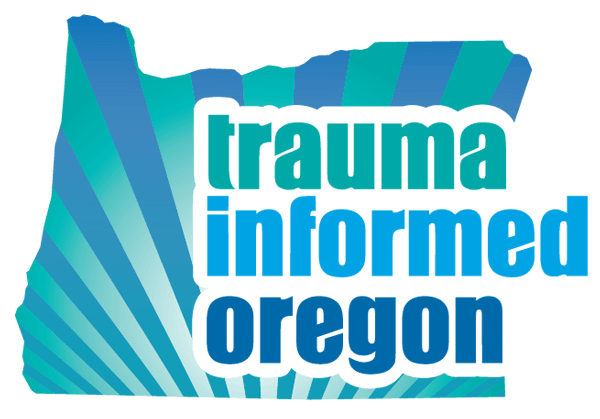Blog
 Assessing and Improving Communication Styles in Primary Care
Assessing and Improving Communication Styles in Primary Care

July 30, 2018
From Meg Bowen, Quality Director Winding Waters Community Health Center and Anna Lembke, LPCI Winding Waters Community Health Center, Enterprise, Oregon
Have you ever watched a duck glide across the surface of a pond, barely making a ripple as it moves? Most of us realize that all of the important action is below the surface of the water as the duck moves their webbed feet rapidly, in order to maintain momentum. This is a lot like a busy primary care clinic, where we aspire to convey an air of confidence as we glide from exam room to exam room, hoping our patients do not see the frantic movements below the surface. How do we keep afloat while paddling like mad? We communicate. At Winding Waters Community Health Center, we use TeamSTEPPS® and DISC® personality profiles to help with communication and to keep us moving forward.
TeamSTEPPS® (Team Strategies and Tools to Enhance Performance and Patient Safety) was developed in collaboration with the Department of Defense and the Agency for Healthcare Research and Quality (AHRQ), specifically to reduce errors in health care. More than 40 years of research and evidence have been gathered on team performance in high-risk fields such as aviation, the military, and health care and TeamSTEPPS® evolved from this research. In high-stakes environments, where poor performance can lead to serious consequences or death, effective teams can catch mistakes, address, and resolve them before they compromise patient safety. Our TeamSTEPPS® training has provided our clinic with specific tools and strategies for improving communication and teamwork, reducing chance of error and enhancing patient safety. Effective teamwork depends heavily on anticipating the needs of others, adjusting to other’s actions and the changing environment, and having a shared understanding of how a procedure should happen in order to identify when errors occur and how to correct these errors.
DISC Profiles

Employee badges with dots denoting DISC profiles for communciation styles
Communication is a huge part of the TeamSTEPPS® approach, and at Winding Waters, we use the DISC® profile to determine our employee’s behavioral differences and communication styles. All of our employees have completed a DISC® profile and have been trained on both the TeamSTEPPS® approach and the DISC® personality model. This model provides a common language that people can use to better understand themselves and adapt their behaviors with others. There are four main domains of communication style: Decisive, Interactive, Stabilizing and Cautious. Decisive communicators place emphasis on accomplishing results, the bottom line, and they exude confidence. They can often be blunt and see the big picture; they accept challenges and get results. Interactive communicators place emphasis on influencing or persuading others, openness, and relationships. They show enthusiasm, are optimistic, like to collaborate, and hate to be ignored. Stabilizing communicators place emphasis on cooperation, sincerity, and dependability. They do not like to be rushed; they have a calm manner and approach, and are very supportive of their colleagues. Cautious communicators place emphasis on quality and accuracy, expertise and competency. They enjoy independence, objective reasoning, they want the details and fear being wrong. We have assigned a color to each communication style, and each employee wears two colored dots on their name badge to denote their primary and secondary communication styles.
DESC to Resolve Issues
When conflicts arise, we use the DISC® model to resolve issues. The process is called DESC and stands for describing what the issue is, explaining how it affects you, specifying the behavior you would like to see, and explaining the consequences both positive and negative. For example, a DESC could go like this:
Describe the situation “the last time I worked a closing shift, I had to stock all of the exam rooms by myself.”
Express “as a result, I felt exhausted and angry.”
Specify, “I would like the two of us to work on stocking the exam rooms at the end of the shift.” Consequences “if we both work together, we will get it done quickly and get out of the office on time.” Or, “If we work together, I will be less tired and irritable.”
These tools help our staff to be assertive and respectful in our work lives, and take very little time to execute. In order to help nurture communication styles within the clinic, we have 18 TeamSTEPPS® coaches who are available to assist with difficult conversations and with DESCing a colleague. TeamSTEPPS® and DISC® have helped our staff become effective communicators, which keeps our focus where it needs to be, on the health and wellness of our patients.
